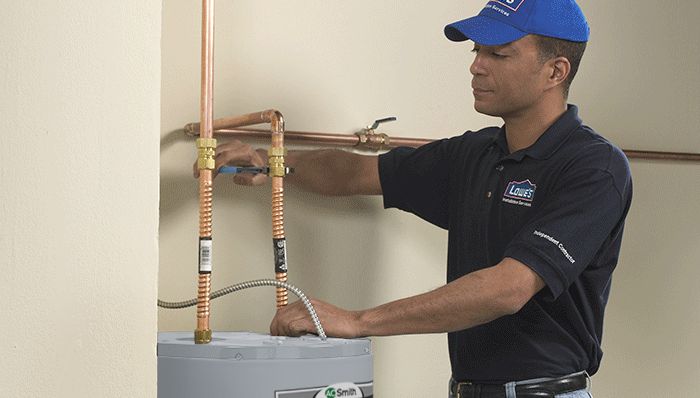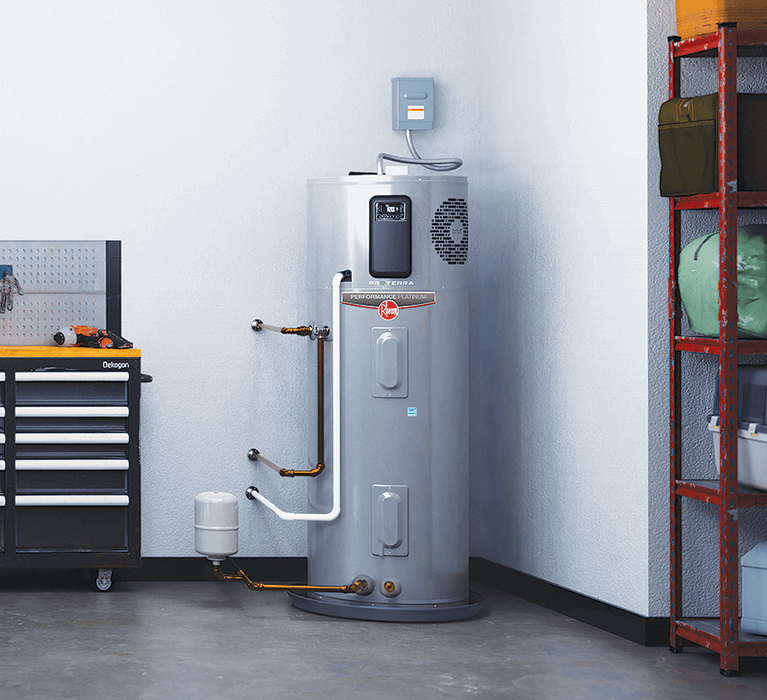Were you on the lookout for additional info concerning Water Heater Maintenance Tips You Can't Afford to Forget?

Hot water is crucial for day-to-day convenience, whether it's for a rejuvenating shower or washing recipes. To ensure your warm water system runs effectively and lasts longer, regular maintenance is crucial. This short article offers practical tips and insights on exactly how to maintain your home's hot water system to avoid interruptions and expensive repairs.
Intro
Keeping your home's warm water system might seem challenging, yet with a couple of straightforward actions, you can ensure it runs efficiently for years to find. This guide covers whatever from understanding your warm water system to do it yourself maintenance ideas and knowing when to employ professional assistance.
Relevance of Preserving Your Hot Water System
Normal maintenance not only expands the life expectancy of your warm water system but likewise guarantees it operates effectively. Disregarding maintenance can cause lowered performance, higher energy costs, and even early failing of the system.
Signs Your Warm Water System Needs Upkeep
Knowing when your warm water system requires focus can prevent major concerns. Look out for indications such as irregular water temperature, odd noises from the heating system, or rustic water.
Understanding Your Warm Water System
Before diving right into maintenance jobs, it's helpful to recognize the standard components of your warm water system. Generally, this includes the water heater itself, pipes, anode rods, and temperature controls.
Month-to-month Upkeep Tasks
Regular month-to-month checks can assist capture small concerns before they escalate.
Flushing the Water Heater
Flushing your hot water heater removes sediment accumulation, enhancing performance and lengthening its life.
Monitoring and Changing Anode Rods
Anode poles avoid rust inside the storage tank. Checking and changing them when worn is critical.
Evaluating and Adjusting Temperature Settings
Adjusting the temperature settings ensures optimal efficiency and safety.
DIY Tips for Maintenance
You can perform several maintenance jobs on your own to maintain your warm water system in leading problem.
Checking for Leakages
Regularly check pipelines and connections for leaks, as these can bring about water damage and higher expenses.
Examining Pressure Relief Valves
Checking the pressure relief valve ensures it works appropriately and avoids too much stress accumulation.
Insulating Pipes
Shielding hot water pipelines decreases warmth loss and can conserve energy.
When to Call a Specialist
While do it yourself maintenance is beneficial, some issues call for specialist competence.
Complex Problems Requiring Expert Aid
Instances consist of major leakages, electrical troubles, or if your water heater is constantly underperforming.
Regular Specialist Upkeep Advantages
Specialist upkeep can consist of comprehensive evaluations, tune-ups, and ensuring compliance with safety criteria.
Final thought
Regular upkeep of your home's hot water system is crucial for performance, durability, and price savings. By adhering to these ideas and knowing when to look for professional aid, you can guarantee a reliable supply of warm water without unexpected interruptions.
How to Maintain an Instant Hot Water Heater
Before tinkering with your hot water heater, make sure that it’s not powered on. You also have to turn off the main circuit breaker and shut off the main gas line to prevent accidents. Also turn off the water valves connected to your unit to prevent water from flowing into and out of the appliance. 2. When you’re done, you have to detach the purge valves’ caps. These look like the letter “T†and are situated on either side of the water valves. Doing so will release any pressure that has accumulated inside the valves while at the same time avoid hot water from shooting out and burning your skin. 3. When the purge valves’ caps are removed, you have to connect your hosing lines to the valves. Your unit should have come with three hoses but if it didn’t, you can purchase these things from any hardware or home repair shops. You can also get them from retail stores that sell water heating systems. Read the user’s manual and follow it to complete this task properly. When the hosing lines are connected, open the purge port’s valves. 4. You should never use harsh chemical cleaners or solutions when cleaning your unit. Make use of white vinegar instead. It should be undiluted and you’ll probably use about 2 gallons. 5. Now flush your water heater. This task should probably take about 40 minutes. We can’t give you specific directions for this because the procedure is carried out depending on the type, model and brand of your heater. With that being said, refer to the user’s manual. 6. When you’re done draining the unit, you have to turn off the purge port valves again. Remove the hosing lines that you earlier installed on each of the water valves. Put the valve caps (purge port) back in their respective places and be very careful so as not to damage the rubber discs that are found inside these caps. 7. Now that everything’s back in place, check your user’s manual again to find out how to reactivate your water heating system. 8. Once it is working, turn one of your hot water faucets on just to let air pass through the heater’s water supply pipes. Leave the tap on until water flows smoothly out of it. https://www.orrplumbing.com/blog/2014/september/how-to-maintain-an-instant-hot-water-heater/

We had been made aware of that article about Tips on Maintaining a Water Heater through a pal on our other web page. In case you enjoyed reading our blog posting kindly be sure to pass it around. Thanks for your time. Kindly stop by our site back soon.
Click